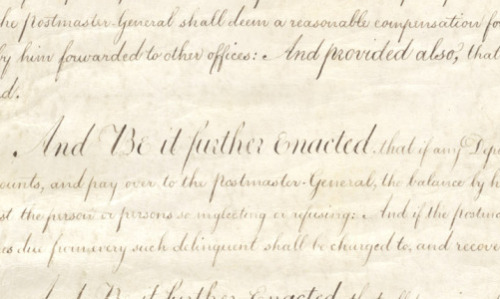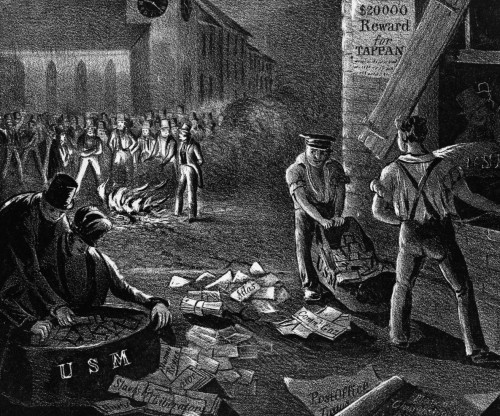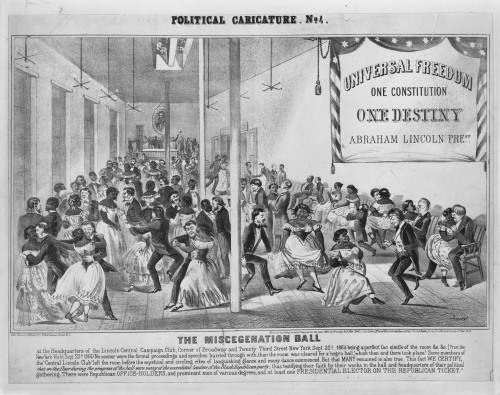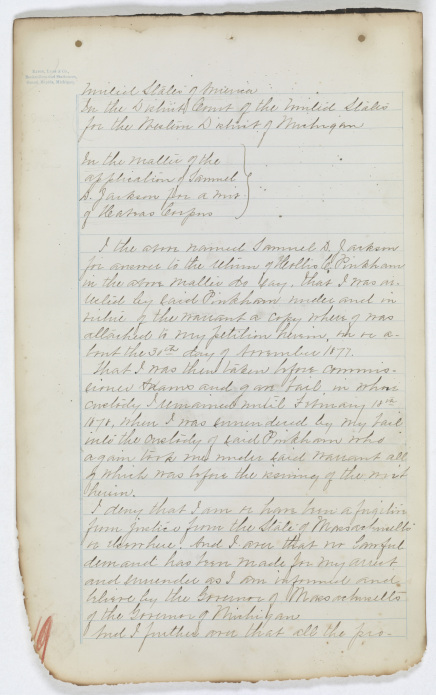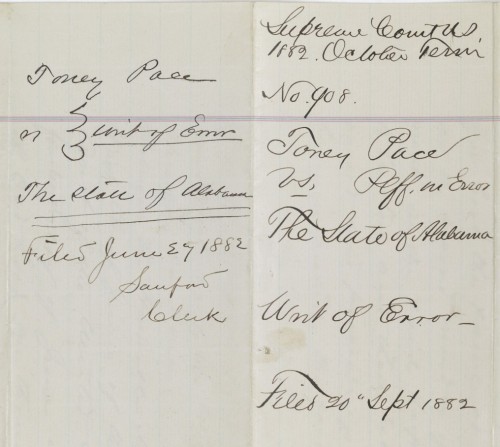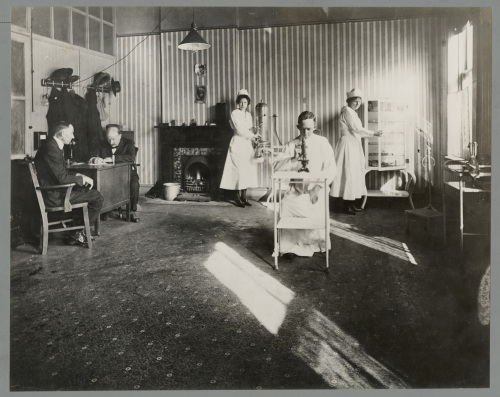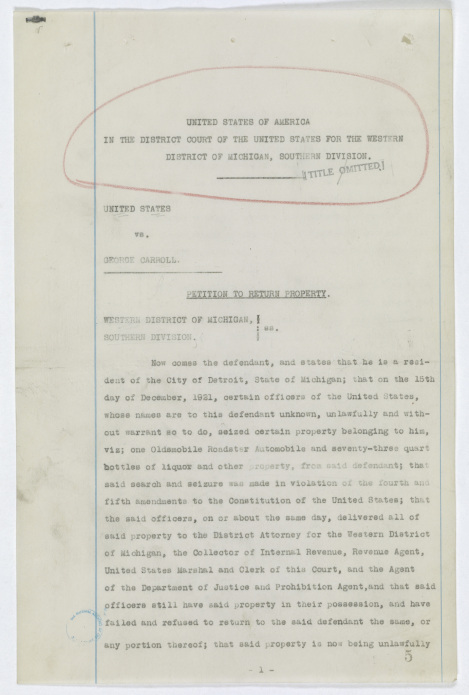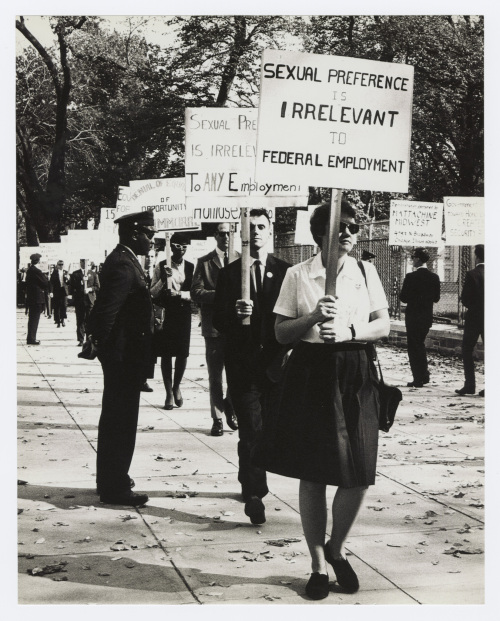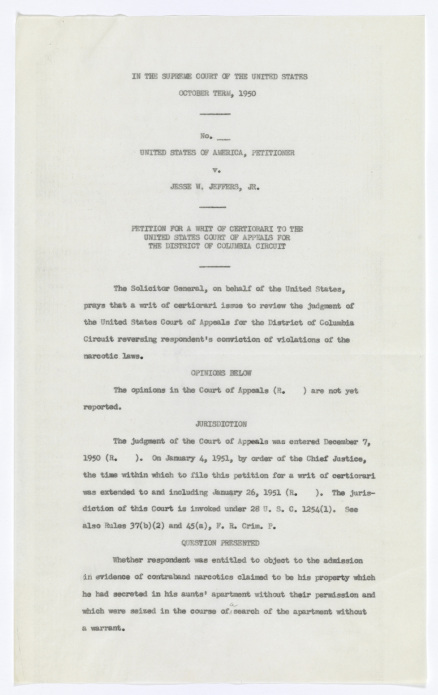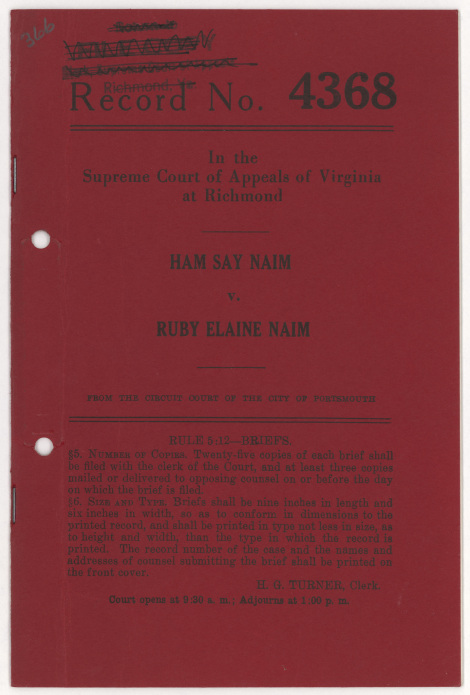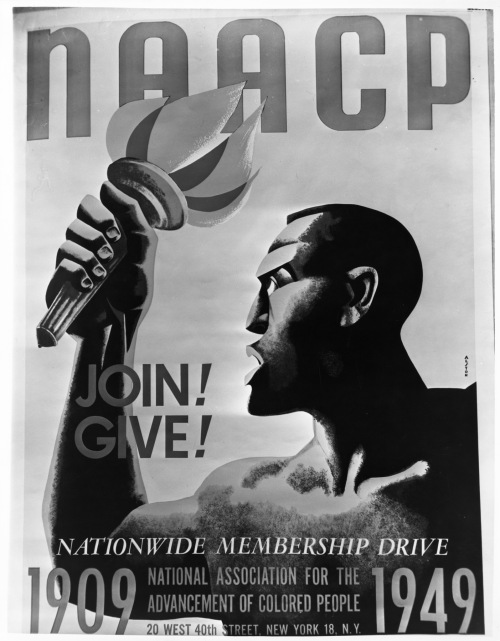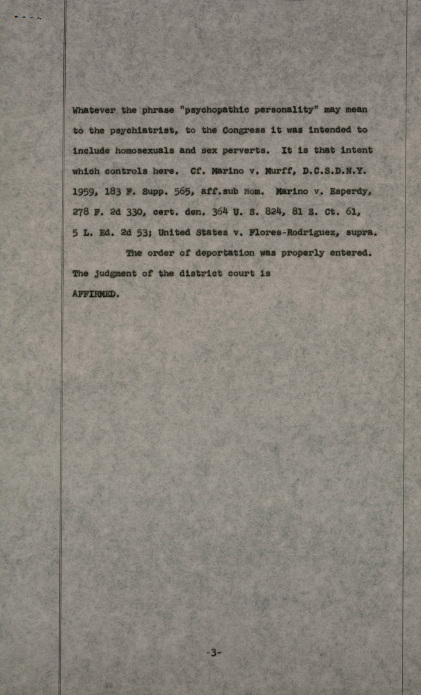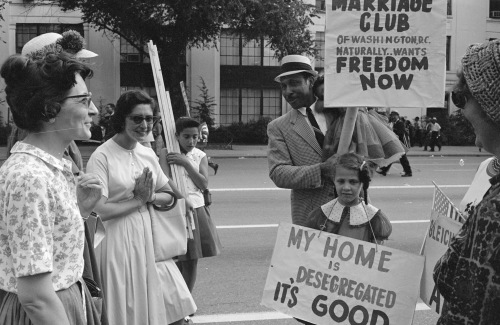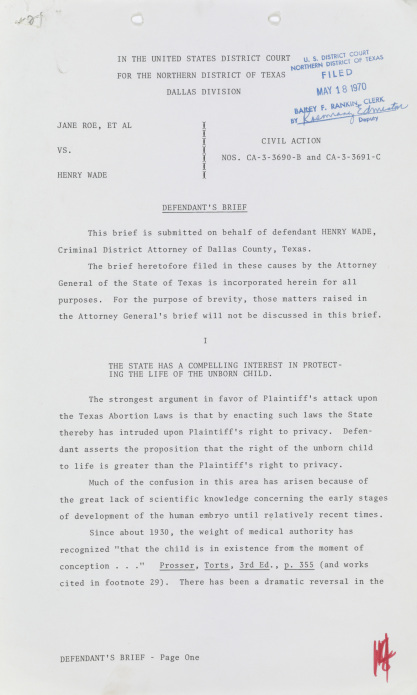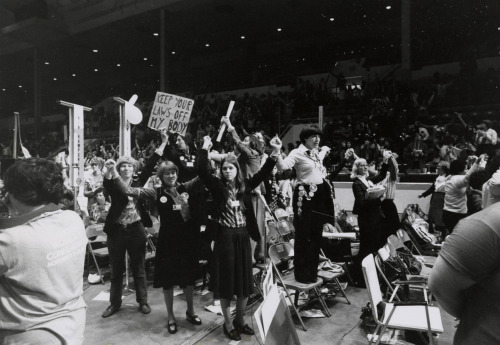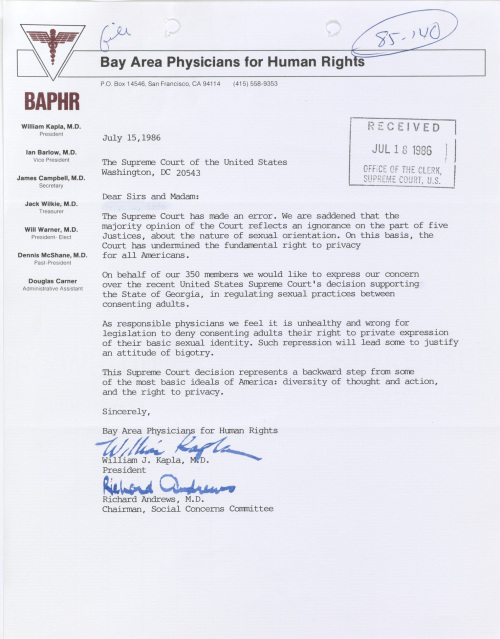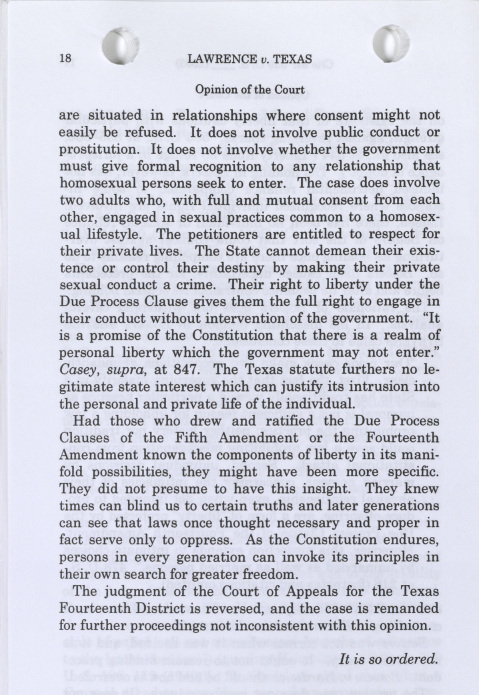Rights to Privacy and Sexuality
Rights to Privacy and Sexuality
But the United States Supreme Court has found that privacy is a fundamental right implied by several constitutional amendments. The boundaries of the right to privacy, however, frequently shift and have proven difficult to define. Privacy rights involving marriage, reproduction, and sexuality are further complicated by their controversial nature.
THIS SECTION INCLUDES STORIES ABOUT:
- Wiretapping and government surveillance
- Roe v. Wade and reproductive rights
- Interracial marriage
- Gay rights and sexual freedom
Chapter one

The Founders believed that “a man’s house is his castle,” and should be free from the arbitrary government intrusion that frequently occurred under kings and queens. Not all private activity during the 19th century, however, was free from government intrusion. Although privacy of the mails was protected, many states prohibited interracial marriage.
Chapter two

A rapidly industrializing world transformed ideas about privacy. As more Americans left their families to work in cities, they enjoyed greater sexual freedom. However, new technologies, such as the telephone and camera, expanded surveillance techniques. Several Federal agencies increasingly used state power to investigate suspected criminals and to discourage “deviant” sexual activity.
Progressive-Era Reform 1900–1920
World War I 1917–1919
Prohibition 1920–1933
Chapter three
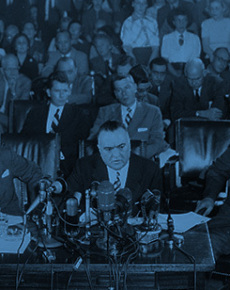
World War II and Cold War anxieties altered the boundaries of privacy rights. In 1940, President Franklin Roosevelt issued a secret directive authorizing the FBI to wiretap persons suspected of “subversive activities.” Counterintelligence efforts intensified in the name of national security. Federal agencies sought to eradicate groups they believed were security threats, including homosexuals.
The Cold War 1945–1960
Chapter four

As the century progressed, more Americans called for a constitutional right to privacy. The U.S. Supreme Court handed down several landmark decisions that created a “zone of privacy” under the Constitution, and firmly established the concept of privacy in American law. However, as the Right to Life movement and disputes over the PATRIOT Act reveal, privacy remains a contested right.
The Sexual Revolution 1960–1980
What about contemporary Issues?
Most of the records in "Records of Rights" were created before 1980 because the National Archives generally receives permanent records when they are 30 years old or older. Prior to that, they are maintained by the federal agency that created them.


